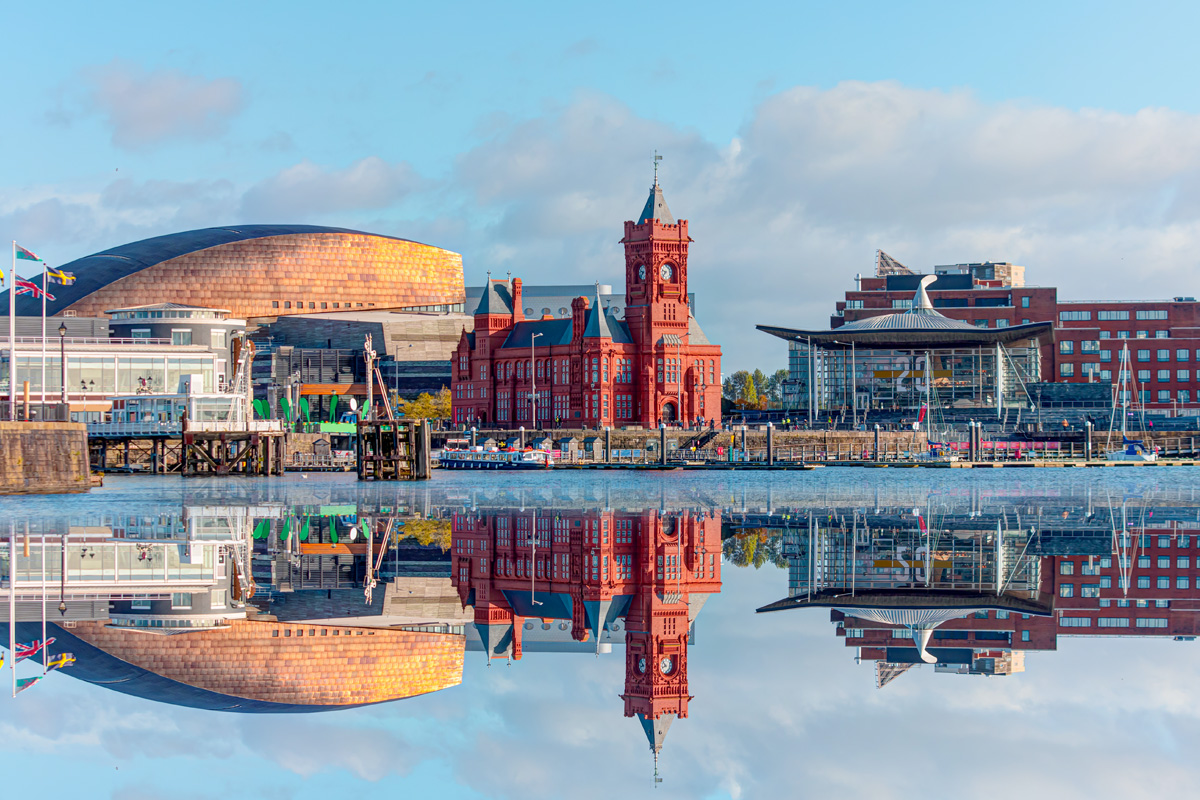- UK /
- Cardiff
Discover The Latest Property Statistics and Sold House Prices In Cardiff, Cardiff (County Of).
Gain a competitive edge in the Cardiff, Cardiff (County Of) housing market using our extensive data on house prices with local insights and trends.

CARDIFF
Property market data for Cardiff in Cardiff (County Of). Compare data on the district postcode areas of Cardiff including sold house price growth, long let gross rental yield, buyer demand, average asking price, average price per square foot and average rental prices. Explore Cardiff with a range of tools to help you understand the local market.
In the centre of Cardiff, CF10 long-let gross yield is 7.2%, the average rental price is £258 the average asking price is £187,131 and the average price per square foot is £254. There are currently N/A completed property sales per month, with a turnover of 9.0%. Toggle between postcode districts to see how different areas compare.
BUY-TO-LET PROPERTY INVESTMENT IN CARDIFF
Understanding the Housing Market in Cardiff: Key Facts and Figures
The largest city in Wales and designated the country's capital in 1955, making it home to the Senedd or Welsh Parliament, Cardiff has a population of close to 400,000 and belongs to the Eurocities network of European cities. Historically, it was just another small town in Glamorgan, albeit the county capital. But during the Industrial Revolution, Cardiff's population and the local economy took off, mostly due to the development of the port, known as Tiger Bay, which at its peak was the busiest port in the world, dealing mainly with exports of Welsh coal. Whilst it suffered an industrial decline during the 20th century, today it is the primary engine of growth in the Welsh economy. It's the capital, it's an economic powerhouse and it's one of the UK's most popular tourist destinations, with a rich cultural heritage. Cardiff is a confident, global city, with a proud history and an assured future. The largest employers in Cardiff are all public sector, in public administration, healthcare and education, including the university, which attracts more than 30,000 students per year. However, more than 20% of the city's workforce work in business and financial services, which are the biggest contributors to the city's economic output. Cardiff is also home to Welsh media, with BBC Wales, S4C, ITV Wales, BBC Radio Wales, Radio Cymru, Capital FM and Heart FM all being either based in the city or having a significant presence. Alongside such big names are a huge number of content providers in TV, film, design, and animation. journalism and gaming. For TV production alone, there are over 600 companies. There are also two, major production studios in or close to the city. Roath Lock studios, which was built by the BBC in 2011. More recently, Dragon Studio Wales, otherwise known as Valleywood, has been developed. If it is an important city, economically, it is an important city for culture as well. There is an abundance of cultural attractions, arts organisations, curated programmes, museums, galleries, music, theatre and live events. Important venues include, but are not limited to, the Wales Millennium Centre, the New Theatre, St. David's Hall, the Royal Welsh College of Music and Drama, the Motorpoint Arena, the Red Dragon Centre, Mermaid Quay and the Sherman Centre. Sport also lies very much at the heart of the city, which plays host to many national and international vents. Rugby is a game that is particularly important in Wales and Cardiff Arms Park and the Principality Stadium are home to Cardiff Rugby, which is one of the four Welsh rugby union teams. Cardiff City FC, based at Cardiff City Stadium, are a 1st Division football team. Cricket, as well, is celebrated in the city with the world-class Glamorgan County Cricket Club based at the SWALEC Stadium. Cardiff has a buzzing city centre and a city living scene, with flat conversions in period buildings and new-build blocks, all close to the action. Slightly further out, in Cardiff Bay, there are a lot of options for apartments, close to excellent amenities and some with sea views. The inner-city suburbs mainly consist of traditional terraces, that are particularly popular with students and young professionals. These houses, back in the day, were for dock and factory workers but now these areas feel modern and dare we say, trendy. The outer suburbs, as you would expect, are more expensive, with detached and semi-detached housing, more suitable for families, with the suburbs to the north, being more desirable and expensive. However, despite everything that Cardiff has going for it, housing in the city is relatively cheap, by UK standards. There are very few areas of Cardiff where the average house price is above £200,000.